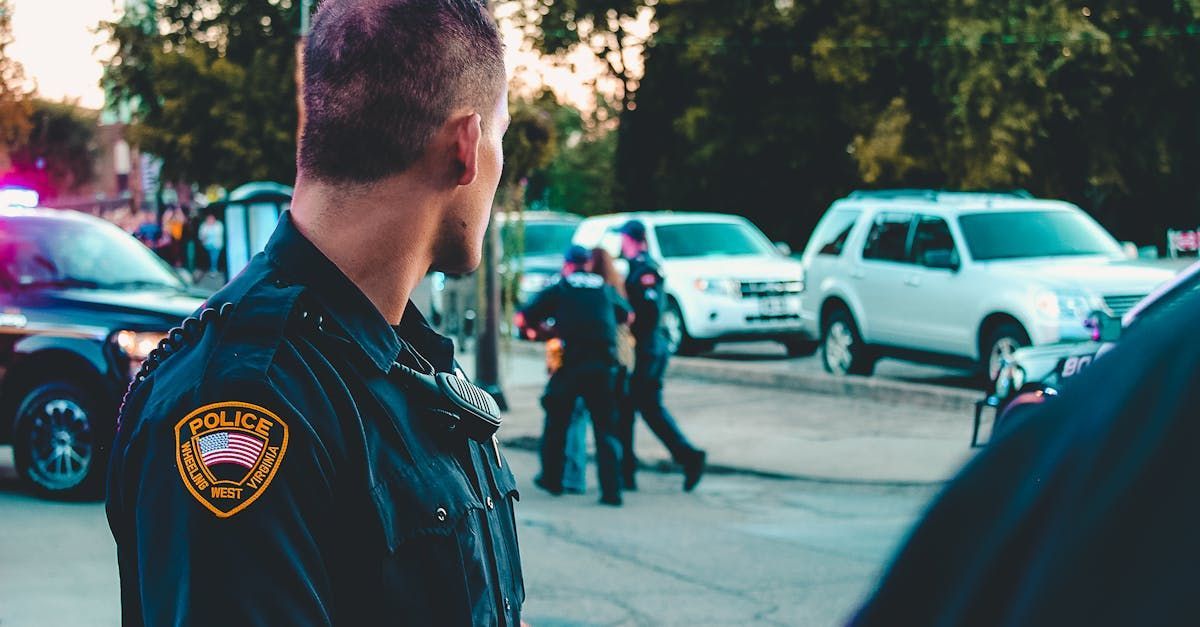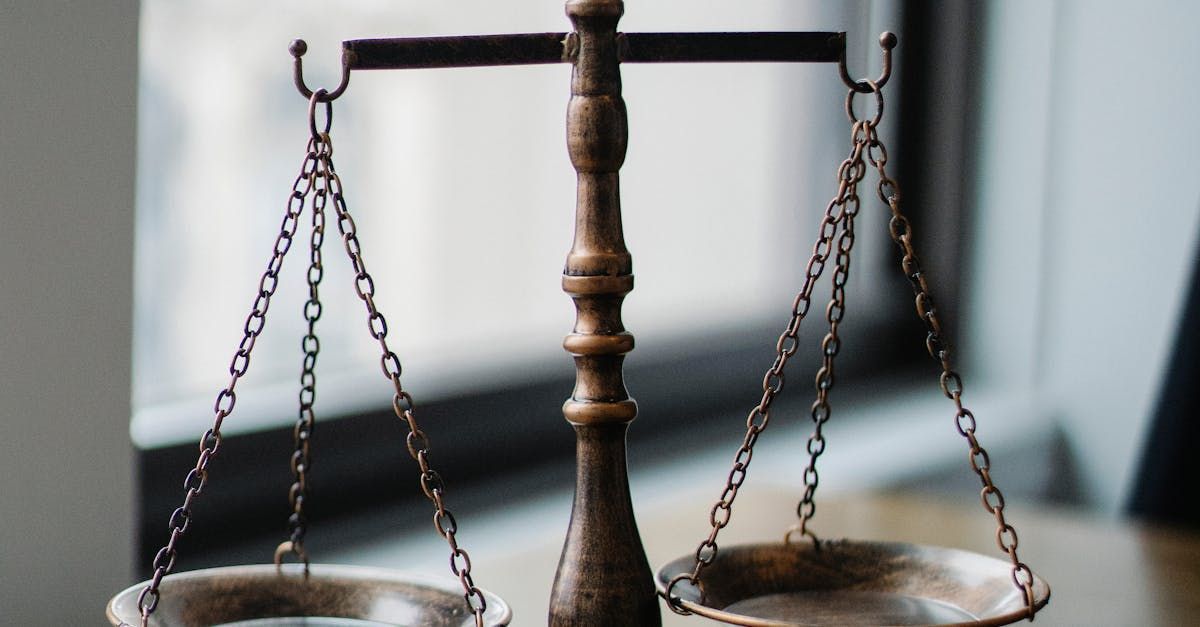Common Criminal Defenses in New York
Everyone accused of a crime in the U.S. has the right to a defense.
The prosecution will attempt to prove that the defendant is guilty of the crime beyond a reasonable doubt. The criminal defense team will attempt to prove that the defendant is not guilty.
Numerous criminal defenses are available to New York attorneys when attempting to show that the defendant does not deserve punishment for his or her actions, depending on the type of case and the precise circumstances.
We take a quick look at the typical types of criminal cases in New York, how cases generally proceed, and the possible defenses that may be employed.
Types of criminal cases in New York
Criminal cases in New York fall into three broad categories according to the New York State Penal Code, as follows:
- Violations
Violations, like trespassing or disorderly conduct, will not result in a criminal record but can still mean jail time for up to 15 days.
2. Misdemeanors
Misdemeanor crimes are classified into three groups: Class A, Class B, and Unclassified. Class A is the most serious and can lead to up to one year in jail.
3. Felonies
Felonies are the most serious crimes with a minimum jail sentence in New York of one year (some of which can be served on probation) and a maximum sentence of life imprisonment, depending on the class of felony conviction.
What are the stages of a criminal defense case?
After an arrest and before a trial, where the criminal defense team will present the defense to a judge and jury, a criminal case progresses through several legal stages.
These are as follows:
- Arraignment. within 24 hours of an arrest, the prosecution will formally inform a defendant of the charges faced and the defendant must enter a plea of guilty or not guilty.
- Bail or Bond. A judge will set bail or bond during the arraignment and this must be paid to stay out of jail (a bond may be posted on the defendant’s behalf by someone else).
- Pre-trial motions: if evidence can be dismissed, charges reduced or a mutually agreeable resolution reached with the prosecutor before a trial, the pre-trial motion stage is often key. A quick resolution may be in everyone’s interests.
- Discovery: another part of the pre-trial process is where the defense views the evidence on which the prosecution has built its case, including police reports, forensics, video, witness statements, and so on.
After these stages are complete, a criminal case may proceed to trial. If you are found guilty, you will be sentenced but may be able to appeal the conviction.
The job of a criminal defense attorney is to provide the best possible chance of case dismissal or acquittal and, if that’s not possible, reduce the consequences for a defendant.
With that in mind, let’s consider the most common defenses used in criminal cases in New York.
The common criminal defense cases
Defenses in New York criminal cases usually fall into three broad categories, as follows:
- The defendant did not understand the significance of the criminal actions
- The defendant was justified in his/her actions
- No crime occurred
Defenses to criminal actions require considerable proof and are very specific. The defense categories are further broken down as follows…
No understanding of the significance of the criminal actions
This defense does not argue that a crime did not take place – just that the necessary intent to commit the crime was absent. The intent is a key component of a crime under U.S. law and the prosecution will generally attempt to prove that the defendant acted with intent.
If a defendant did not understand what he/she was doing or that his/her actions were wrong, he/she cannot be found guilty of the crime.
Generally speaking, your criminal defense lawyer will use one of the following three defenses to achieve this outcome:
Insanity
If the defendant can be shown to have a mental disorder that meant he or she was incapable of understanding right from wrong or controlling his or her actions, it can be a successful defense strategy.
Intoxication
This may be used if a defendant was not aware of their actions due to intoxication. It can be an especially strong defense if the defendant was involuntarily intoxicated.
Mistake of law/Mistake of fact
With this defense, the defendant argues that he/she made a basic mistake that negates an element of the crime. For instance, misunderstanding a situation that led to the crime being committed, such as believing that you were entitled to remove company property (and then being charged with a theft crime).
Justification for criminal action
Certain situations mean that breaking the law is justified. Again, the defense does not claim that no crime took place, only that there was justification for it.
Self-defense
Acting in self-defense is the most common type of justification for criminal acts. A defendant who argues self-defense may claim, for instance, that he/she stabbed another individual because he/she was threatened with a knife.
Duress
If you were forced by someone else into performing a criminal act, you cannot be found guilty of it under New York law. An example could be if someone claims they were forced into breaking into a house by another person who threatened to kill them otherwise.
Necessity
In some circumstances, a defendant can also argue that the crime was committed to preventing more significant harm from being perpetuated. An example might be taking someone’s motorcycle to chase down a bank robber.
No crime
With “no crime” defenses, the general premise is that the defendant committed no crime, despite appearances.
This set of defenses usually focus on one of the following arguments:
- Consent: for instance, a defendant in a rape case may claim that the intercourse was consensual.
- Abandonment/withdrawal: sometimes, it can be argued that a defendant withdrew from participation in a crime or abandoned the plan.
- Entrapment: this defense is usually used when law enforcement induces an individual to commit a crime before charging him/her with it.
Do you need a criminal defense attorney in New York?
If you are facing any type of criminal defense issue, the skilled legal team at Sayegh and Sayegh in Yonkers has helped many people charged with a crime walk free.
A highly skilled criminal defense lawyer will thoroughly review your case and determine the most appropriate defense strategy. Contact us today for a confidential consultation.










